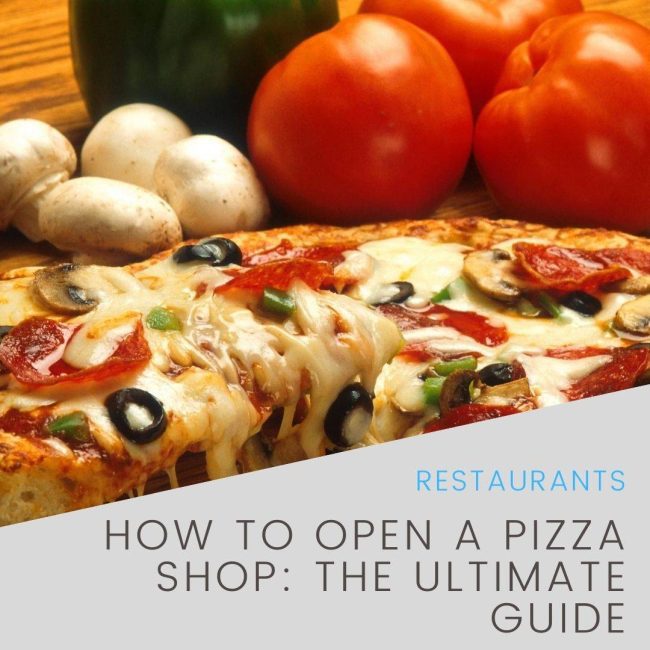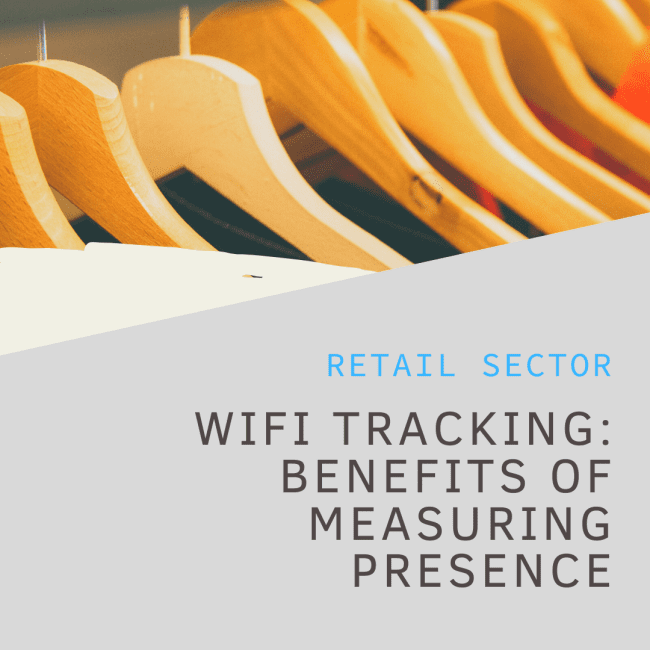With the increasing demand for pizza, owning a pizzeria is a great investment that promises great returns. However, your restaurant success depends on having a distinctive concept and brand, delicious recipes, and impeccable logistical planning.
According to Statista, the pizza industry is steadily growing and remains a saturated and competitive market. In 2021, the industry’s total revenue was about $45.59 billion. Independent pizzerias contributed 17.94 billion dollars of the total revenue, while chains generated 27.65 billion dollars.
Suppose you’re planning on opening a pizza shop; it’d be best to prioritize deciding the pizzas that will be part of your menu and creating delectable recipes. However, running a pizzeria goes beyond that, requiring much more. If you don’t want to run a pizza restaurant actively, consider investing in Pizza Hut real estate through a triple net lease arrangement to earn passive income.
Suppose how to open a pizza shop has been the primary cause of your worries lately; this ultimate guide to opening a pizza shop will steer you through the basics.
You’ll learn how to figure out necessary equipment, choose the type of pizzeria you’ll operate, form your business legally, and open your pizza restaurant. Let’s dig in!
What Type of Pizzeria Should I Commit to?
Pizza shops are generally divided into four types depending on the specific customers they attract. Knowing the pizza shop you intend to run will help you craft a startup plan.
- Take-Out
This pizza shop type is perfect for customers in a hurry, so it requires few workers, less equipment like booths, and no waiters seeing as the establishment focuses on over-the-counter sales.
- Dine-In
Dine-ins require extensive furniture and kitchen equipment, tableware, music, and good lighting to improve customer experience.
- Delivery
Some pizza shops focus mainly on delivery provided through telephone or online orders. Although they hardly require furniture or equipment, their expenses go into their delivery drivers’ safety and insurance.
- Take ‘n Bake
Like take-out pizzerias, take ‘n bake pizza shops have less kitchen equipment seeing as customers mainly come in to buy pre-made pizzas they’ll bake at home.
What to take into account when oppenning a pizza shop
Franchising Your Pizza Business
One best way to start your pizzeria is to buy a pizza franchise business. Purchasing a franchise ensures you benefit from the existing business’ brand recognition. You can easily make informed marketing decisions from the market research already done for you.
More so, the franchisor might assist you in finding a suitable location, recommend bulk products to help keep your expenses low, and provide support with employee training.
As a new pizza shop owner or you intend to invest in Pizza Hut real estate, this guide will come in handy to ensure the enterprise becomes a success. However, franchises are capital-intensive, and most franchises have strict financial requirements, including having specific liquid assets and net worth to be eligible for a slot.
A Domino franchise falls into the range of $119,700 and $461,450, while for Pizza Hut, it’s between $357,000 to $2,213,500. Franchising a Domino requires a $25,000 upfront fee and 5.5 percent ongoing royalties, and franchisees will need to have about $100,000 in liquid cash.
Licenses and Permits
Before you open a pizza place, consider checking the local laws to discover the permitting and licensing requirements for restaurants in that location. You’ll need a business license, resale permit, and food service license.
Suppose you intend to introduce alcohol sales in your pizzeria; you might want to get a liquor license. While it’s often expensive, it’ll save you from trouble in the long run. Don’t forget to apply for an Employer Identification Number (EIN) to enable the Internal Revenue Service (IRS) to monitor your business activities.
You’ll need the EIN, which serves as your tax ID number, to apply for funding, open a business account, and file your taxes. Go through the IRS website to apply for your EIN.
Business Plan
You might want to start crafting a pizza shop business plan before anything else. That way, you rack up points to turn your pizza restaurant idea into a profitable venture.
Your pizza shop business plan should include market analysis involving extensive research on what your competitors in your area are doing to stay successful. Develop strategies to make your own pizza restaurant stand out in the industry. You might want to create unique toppings, secret sauce, or offer a super-fast delivery service.
Don’t forget to include your intended marketing plan for attracting and retaining customers. Also, provide financial projections for the pizzeria for the next couple of years alongside your forecasted expenditures and income.
Research Your Target Market
While making your business plan, you’ll need to estimate competition and demands and determine your potential customers. It’d be best to check other pizza shops and their average opening hours, basic delivery information, price range, and the type of drinks and food they offer besides pizza.
Armed with this information, you’ll develop a unique selling point and offer something your competitors aren’t providing.
Build Your Pizzeria Menu
As a part of running your business that directly affects the way you market and build your pizzeria, you’ll need to pay attention to the menu. The flavors you experiment with, the ingredients you use, and the traditions you tweak or ignore will influence the equipment you’ll need, customers you attract, employees you hire, pricing, required startup funds, and location.
Thus, this step is crucial before looking for a storefront, employees, or even funding.
What Equipment Do I Need for My Pizza Restaurant Startup?
As part of your research into how to open a pizza shop, you’ll need to make inquiries about the necessary equipment. One essential requirement for running a successful pizza restaurant is good quality and reliable equipment. Cutting corners on equipment is guaranteed to affect your running costs in the future adversely, so you might want to dedicate a handsome amount to this expense.
Don’t forget that your concept and brand will determine the equipment you’ll need. Suppose you intend to run a traditional pizza shop; you might want to invest in a wood-fired brick oven.
On the other hand, if you prefer an eclectic feel for your pizzeria, consider adding attractive furniture and artwork. You’ll need to make a list of kitchen equipment to buy. A dough sweeter costs $500 to $10,000 depending on the quality; freezers and refrigerators will need between $3,000 to $10,000, and a pizza oven might be from $300 to $20,000.
Don’t forget preparation supplies like pizza boxes, serving utensils, cutting boards, pizza cutters, etcetera, which might cost between $200 to over $2,000.
Location
Choosing a great location is one of the most significant decisions you’ll make for your pizzeria because it determines its success to a large extent. You might want to get a space in a new mall, shopping center, or a busy street.
Once you find a great location, consider renovating the store if your budget can carry the expenses and use the opportunity to distinguish your pizza restaurant apart from the competition.
Staff
For your pizza business to be successful, there are some roles you’ll need to fill. Initially, you might handle different functions, but as the business grows, you’ll need to employ capable hands to fill specific roles.
For instance, you might need a manager to help track inventory, handle purchasing, manage and train the kitchen and front-of-house staff, and do marketing. Suppose you’ll want to experiment and improve your pizza offerings to stay ahead of your competitors; you’ll need to hire a pizza chef.
If you run a dine-in pizzeria, you might want to hire a bartender to serve drinks to customers. The bartender will also help order supplies, prepare the bar, check the inventory and liquor requisition sheet, and clean the bar area each day before closing.
Dishwashers will help ensure the pizzeria has clean cutlery and dishes always. You’ll need to hire someone to clean the toilets, kitchen, floors, and tables before and after service each day.
Consider using hiring tools like Betterteam to help you attract, onboard, and keep track of applicants for these roles.
Marketing and Advertising
After opening your pizza shop, you’ll need to work hard to advertise and market it to attract customers. Consider starting with a website. However, ensure it’s informative, user-friendly, and aligns with your brand.
You can choose from the numerous website builders and test their free versions and templates to see what works. Don’t forget to include online booking and ordering for customers.
Suppose setting up a website is proving daunting, which it usually is; you might want to outsource that part to an expert web developer.
It’d be best to leave signage in front of your shop. Then add one or two television screens in your pizza restaurant and display the menu or advertise the store’s offerings and promotional deals, rather than leaving them on a TV channel.
Consider registering for Google My Business (GMB) if you’d want to appear when a prospective customer searches for “nearest pizza shop” on Google.
You can also outsource setting a GMB profile to a digital marketing expert like Flame Analytics. This leading analytic and online marketing service offers the best marketing solutions for restaurants and will help you increase your pizzeria’s online visibility, gain new clients, and generate more loyalty from existing customers.
You might want to set up a Yelp page to ask for reviews and ratings from satisfied customers. Don’t forget to utilize social media platforms like Instagram and Facebook to promote your new pizza shop. Be active on them and share relevant videos, memes, and pictures freely and regularly.
“Digital marketing plays a crucial role in the success of a pizza shop in today’s competitive market. By leveraging online platforms, social media, and targeted advertising, pizzeria shops can effectively reach and engage their target audience, build a strong brand, and drive sales. It’s essential to embrace digital strategies and stay ahead of the trends to stand out and thrive in the industry.” – Zach Hempen, Director of Digital Marketing @ Your Pie Franchising
Grand Opening
Before your official grand opening, you might want to host a soft launch to enable you to test run the pizza shop’s service strategies and discover and fix any issues that may impede the business’ success. It’d be best to offer a small menu or hold the soft opening for a specific part of the day.
Consider inviting local businesses to the soft opening or host family and friends events with complementary dishes. That way, you get local patrons to spread the word and draw crowds to your grand opening through their word-of-mouth advertising.
Your Delivery Service
You’ll need to decide if you want to run a delivery or pick-up pizza shop. Suppose you want to offer delivery to your customers, you might want to determine the pizza specials available for pickup, minimum delivery order, and a coverage area.
Advertising Your Pizza Delivery Service
Running a pizza delivery service comes with its own operating costs. Besides the cost of advertising using various traditional and online marketing channels like email marketing and fliers, you need to consider the amount that goes into hiring delivery men and buying or renting the delivery vehicle.
On the flip side, you can partner with delivery companies like Just Eat, Deliveroo; Uber Eats to lower your delivery expenses. These delivery services operate as intermediaries between restaurants (fast-food outlets and pizzerias) and customers.
FAQ
How Much Does it Cost to Open a Pizza Shop?
The amount you’ll need to open a pizza shop ranges from $80,000 to $2 million. However, the amount depends on the type of pizzeria, its size, and location. You can always consider getting a small business loan if the startup amount is higher than your budget.
How to Open a Domino’s Pizza Shop
As an intending Domino Pizza franchisee, you’ll need an initial fee of $25,000, and the initial total investment cost ranges from $119,700 and $461,450. Domino Pizza’s franchise agreement is for ten years and can be renewed. It also comes with a 5.5 percent royalty fee.
A franchisee must also have about $100,000 in liquid cash. The operating cost includes signage, acquiring real estate, equipment, construction or renovation, and professional fees (lawyer, accounting, and license fees).
Your initial fee covers the right to the franchisor’s operating system and trademark usage, plus other services franchisees enjoy, such as finding a good location and training materials for their employees.
How Much Money Does it Take to Open a Small Pizza Shop?
The average cost of starting a pizzeria is $125,000. Depending on the pizza shop size, location, and service model, you’ll need $80,000 to $450,000. However, you can break down the expenses to know how much a small pizza shop will cost you.
Pizzerias with small ovens will spend between $72,000 to $161,000, while those with large ones will have a kitchen cost of about $115,500 to $252,000. A small pizzeria might cost about $80,000 to start from these statistics.
Is Owning a Pizza Shop Profitable
Your pizza shop profitability will depend on your business model decision and traffic pattern in your location. You’ll need to ensure that your pizzeria generates enough money to cover your operating expenses and make a profit when planning how to open a pizza shop.
Most pizza shops make about seven to 13 percent profit. Suppose your pizzeria makes an annual revenue of $800,000; you might be looking at a net profit of nearly $56,000 to $104,000.
Final Words
With the increasing demand for pizza, owning a pizzeria is a great investment that promises great returns. However, your pizza shop’s success depends on having a distinctive concept and brand, delicious recipes, and impeccable logistical planning.
Don’t forget to adopt new foodservice trends to captivate your customers and set yourself apart from your competitors. Lastly, acquaint yourself with the pros and cons of owning a pizza shop before deciding to start one.







